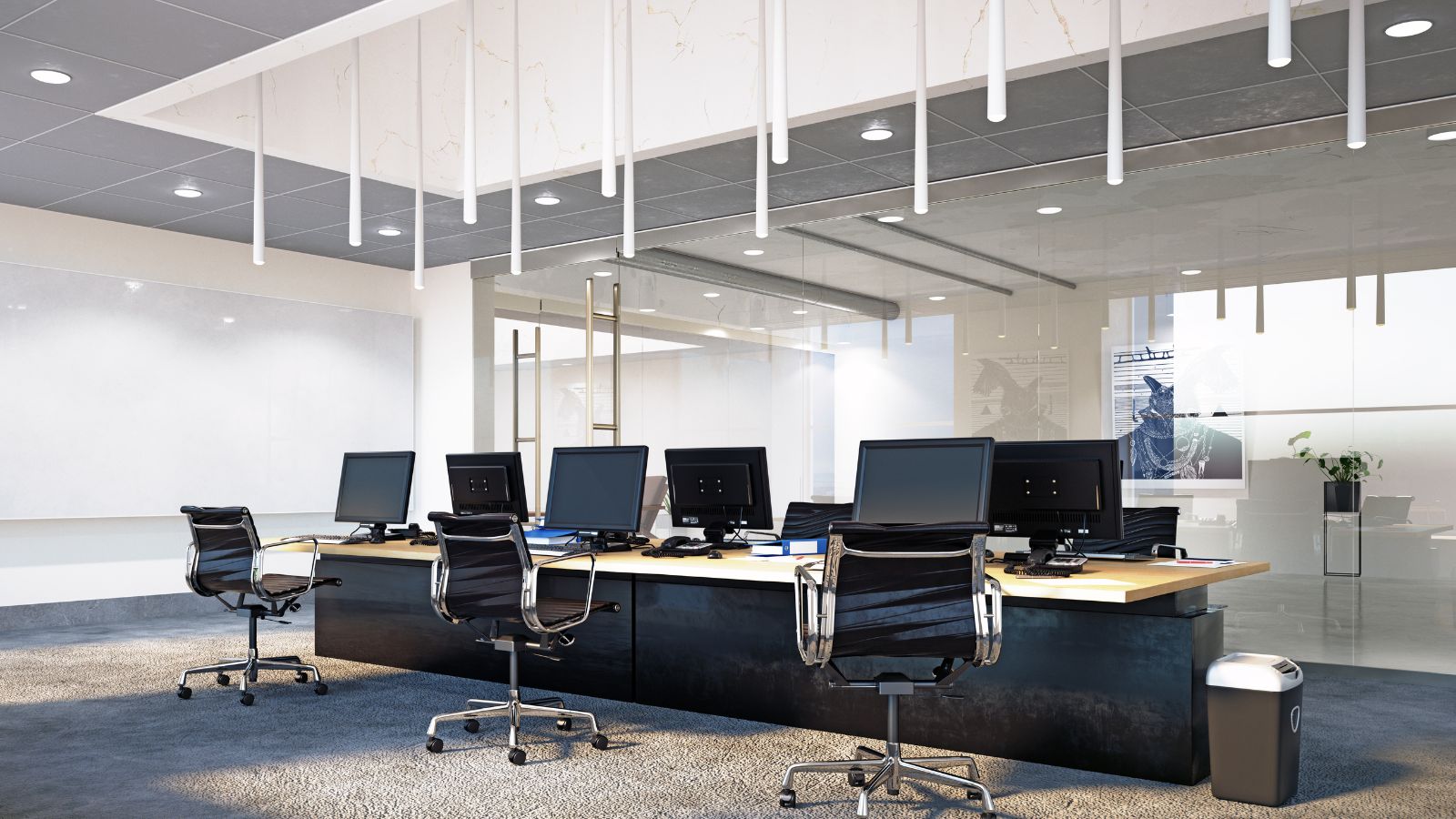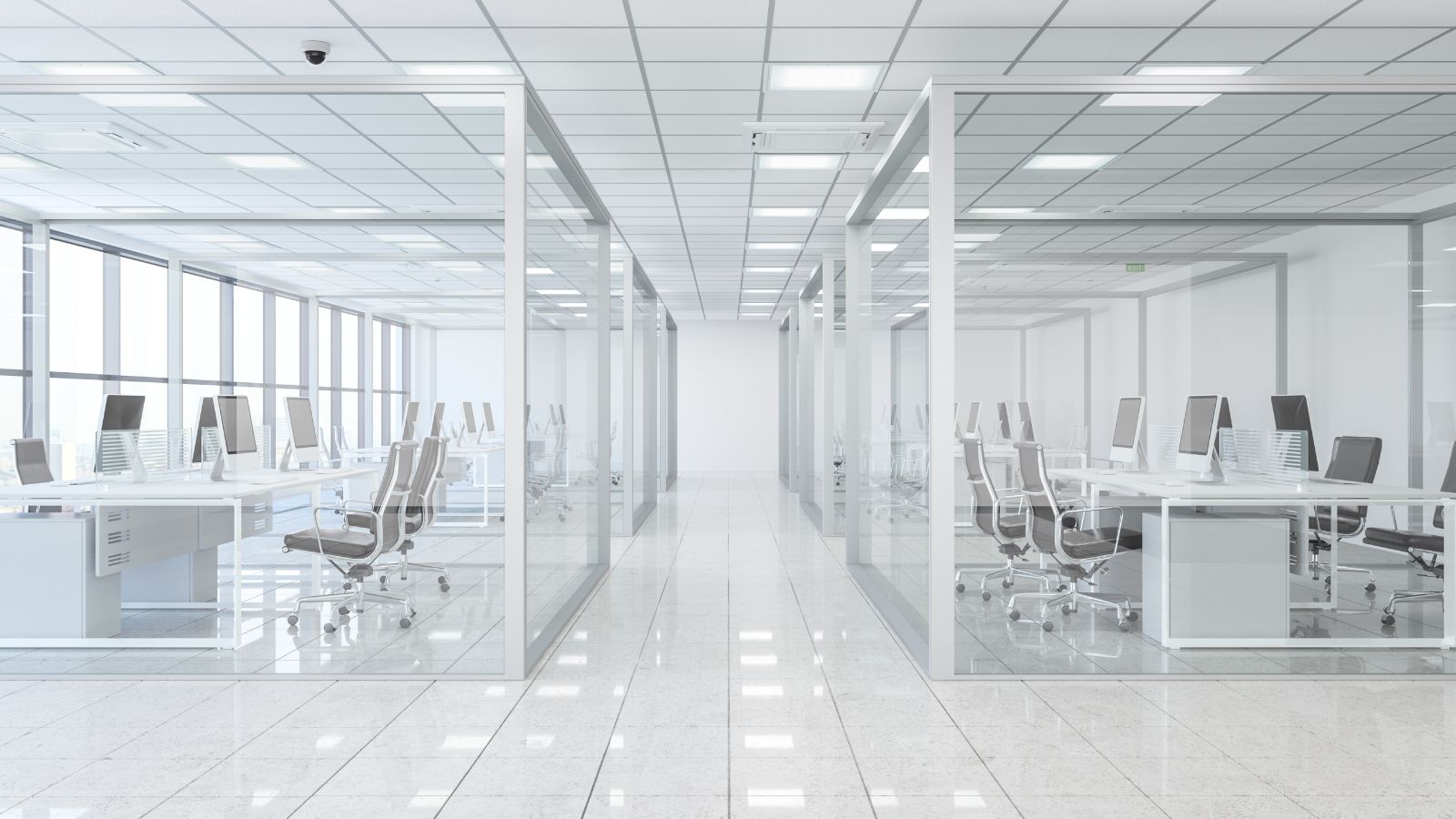
The way we work has shifted dramatically over the past few years, and in 2025 the ripple effects are very much visible in how offices are designed, used, and managed. Rather than returning to how things were before remote work, many organizations are moving toward a future that blends flexibility, sustainability, wellness, and smart tech. To meet these evolving needs, demand for office fit out London projects has surged, as companies seek to create workspaces that reflect this new era. Here are the major trends shaping offices in 2025.
1. Hybrid & Flexible Workspaces
Hybrid work—splitting time between home and office—isn’t just a temporary experiment anymore. It’s become a baseline expectation for many employees and companies. As a result:
Offices are being designed with flexible layouts. That means movable walls, modular furniture, zones that can shift purpose from individual work to collaboration or socializing.
Desk booking or “hoteling” systems have become more standard. Rather than fixed desks, people reserve space depending on when and why they come in. This allows for better space optimization.
Companies are also adopting “core + flex” models: a central permanent office plus flexible satellite or shared spaces to respond to fluctuating team sizes or project needs.
2. Wellness and Employee Well-Being
The health, comfort, and mental well-being of employees are no longer nice extras—they’re central to office design.
Biophilic design continues to grow. Incorporating natural elements like abundant daylight, plants, living walls, natural materials (wood, stone), water features is more common. These elements reduce stress, improve air quality, and help mental health.
Ergonomics gets more attention: height-adjustable desks, supportive chairs, zones for standing vs sitting; quiet zones for focused work.
Well-being spaces like meditation or “quiet” pods, lounges, or wellness rooms are becoming more common. Offices are also working on air purification, noise control, and lighting that is comfortable for eyes over long workdays.
3. Sustainability & Green Design
Environmental responsibility is now a key requirement, not just a branding tool. The 2025 office is expected to do more than look good—it’s expected to tread lightly.
Materials: Use of low-VOC paints, recycled, locally-sourced, or upcycled furniture is rising.
Certifications: Offices aim for recognized green building certifications (e.g. LEED, BREEAM, WELL) to validate environmental performance and to satisfy regulatory and stakeholder pressure.
Energy efficiency: Automated lighting, HVAC systems, and smart sensors optimizing temperature, light, and ventilation based on occupancy to reduce waste. Solar panels, sustainable commuting support (bike racks, EV chargers) are also part of the package.

4. Technology Integration & Smart Offices
A smart office is no longer futuristic. It’s the current frontier.
IoT (Internet of Things) devices and sensors are being used to track occupancy, temperature, air quality, and lighting. These feed into systems that adjust settings automatically for comfort and efficiency.
Room & desk booking tech: real-time scheduling, visual dashboards, apps that help employees reserve meeting rooms or workstations easily.
Touchless & seamless interactions: touchless entry, touchless controls for lighting or temperature, voice or app controls to reduce contact and improve hygiene.
AI & space optimization: platforms that analyze how space is used over time (which zones are busy, which are underutilized), allow offices to reconfigure layouts or staff hybrid schedules more efficiently.
5. Experience-Driven & Culture-Focused Design
To bring people back to the office and make them want to stay, offices are focusing more on experience, culture, and identity.
Offices are becoming destinations—not just places to sit at a desk. Think café style social hubs, stylish breakout areas, event spaces, terraces, rooftop gardens.
Branding & personality: Offices are being designed to reflect the company’s brand, values, and culture, through colors, art, layout and the amenities offered. Personalization is key.
Community & connection: Spaces that encourage informal interaction, spontaneous collaboration, and social bonding are more valued than ever. Social areas, lounges, shared amenities help build a sense of belonging.
6. Adaptive Leasing & Real Estate Models
The real estate side of offices is changing as much as design.
Shorter lease terms and flexible agreements are being adopted so businesses can adjust quickly to changing staff numbers or economic conditions.
Managed office spaces (coworking and flex spaces) are in demand, offering not just space but services, amenities, and flexibility.
Challenges & What to Watch
While many of these trends are promising, there are also obstacles that businesses will need to navigate:
Cost: High-tech systems, wellness amenities, and sustainable materials often come with higher initial investment. Not all organizations have the budget.
Balance: Finding the right mix between collaboration zones and quiet zones; between open layouts and acoustic/privacy concerns.
Adoption: Staff need to adapt to new ways of working, like shared workstations or booking desks. Change management is key.
Maintenance & hygiene: Features like living walls, high-use tech, or shared spaces require more careful ongoing maintenance. Sustainability claims must be backed with real practice to avoid “greenwashing.”
Looking Ahead
As we move further into the decade, these trends will likely deepen. Offices in 2026-2028 might see:
More automation in everyday tasks (AI assistants, robotics) to assist with environment comfort and routine operations.
Greater emphasis on mental health, with designs that respond in real-time to stress, noise, and well-being signals.
Offices viewed more like multi-purpose community centers—places that mix work, learning, socializing, wellness.
Conclusion
Office trends in 2025 are a reflection of changed expectations—for employers, for employees, and for society. Hybrid work, sustainability, wellness, smart technology, and culture-centered design are not just options—they’re becoming the standard. Businesses that embrace these trends thoughtfully will be better positioned to attract talent, reduce costs, and build work environments where people can thrive, not just work.






